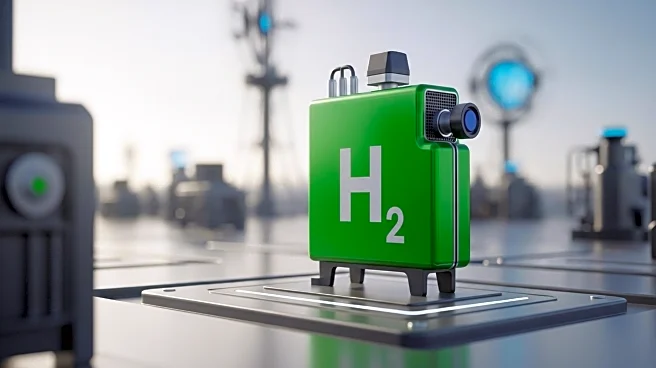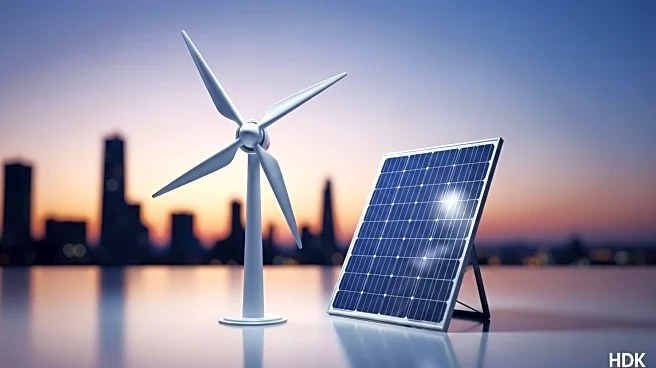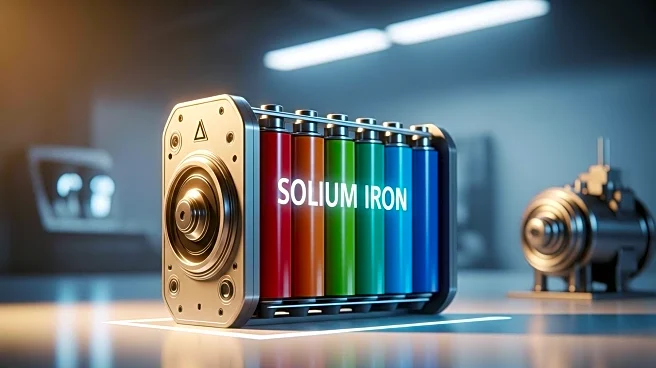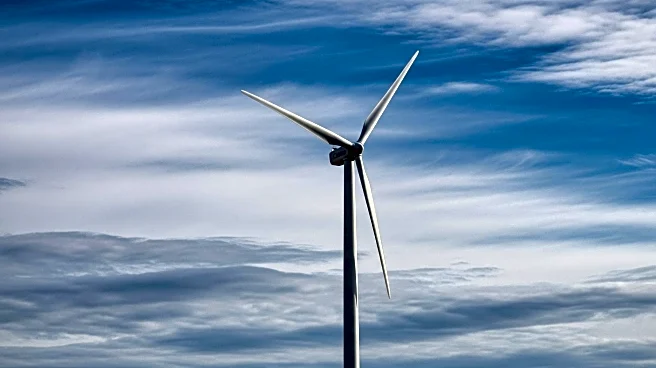What's Happening?
The green hydrogen industry in the U.S. is navigating challenges posed by recent energy policy shifts and tax legislation. Despite the potential to utilize excess capacity from renewable sources like wind and solar, the industry faces hurdles due to the new federal tax bill and the 'American Energy Dominance' policy, which limits support for wind and solar development. However, companies like Cummins are leveraging hydropower to produce green hydrogen, with a recent project in Niagra Falls, New York. The industry is also exploring innovative technologies to reduce costs and increase efficiency in hydrogen production.
Why It's Important?
Green hydrogen is crucial for decarbonizing various sectors, including industrial operations and transportation. The industry's growth is essential for achieving clean energy goals and reducing reliance on fossil fuels. However, policy challenges and financial constraints could hinder its development. The ability to overcome these obstacles and scale production will determine the industry's impact on the U.S. energy landscape and its contribution to global decarbonization efforts.
Beyond the Headlines
The green hydrogen sector's struggle highlights broader issues in U.S. energy policy, including the balance between supporting traditional energy sources and fostering renewable innovation. The industry's success depends on navigating regulatory landscapes and securing investments to advance technology and infrastructure. As global demand for clean hydrogen rises, U.S. companies may seek opportunities abroad, potentially influencing international energy markets.











